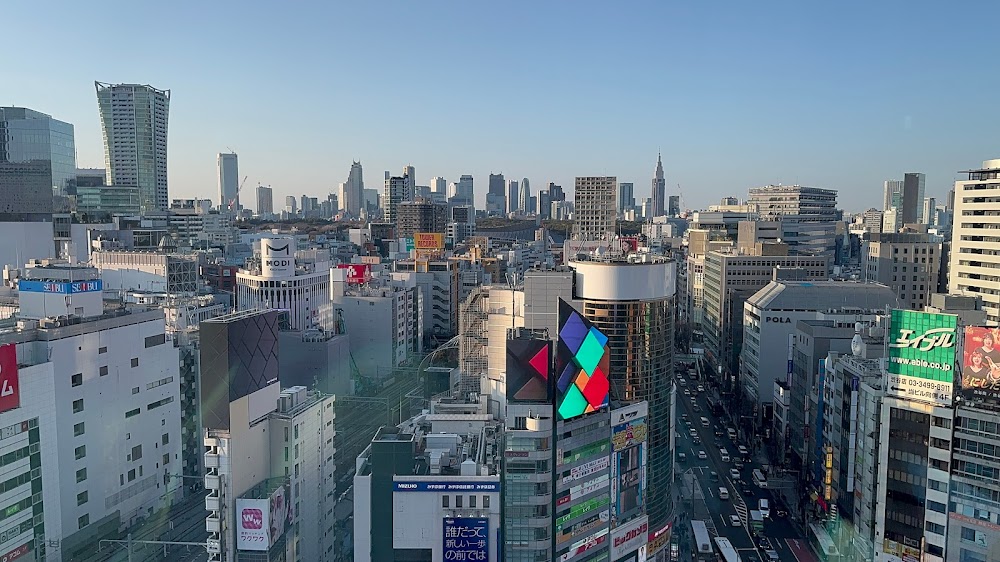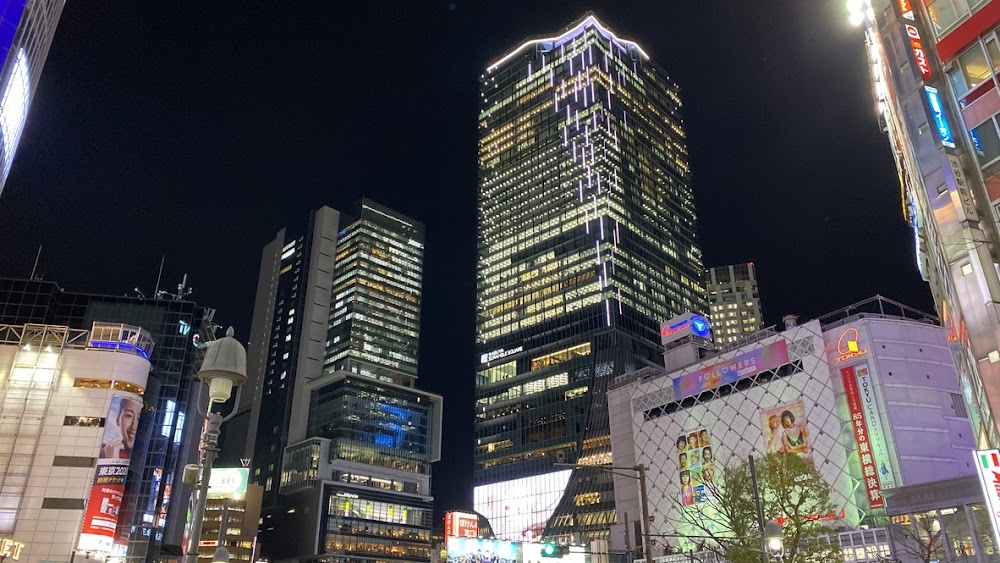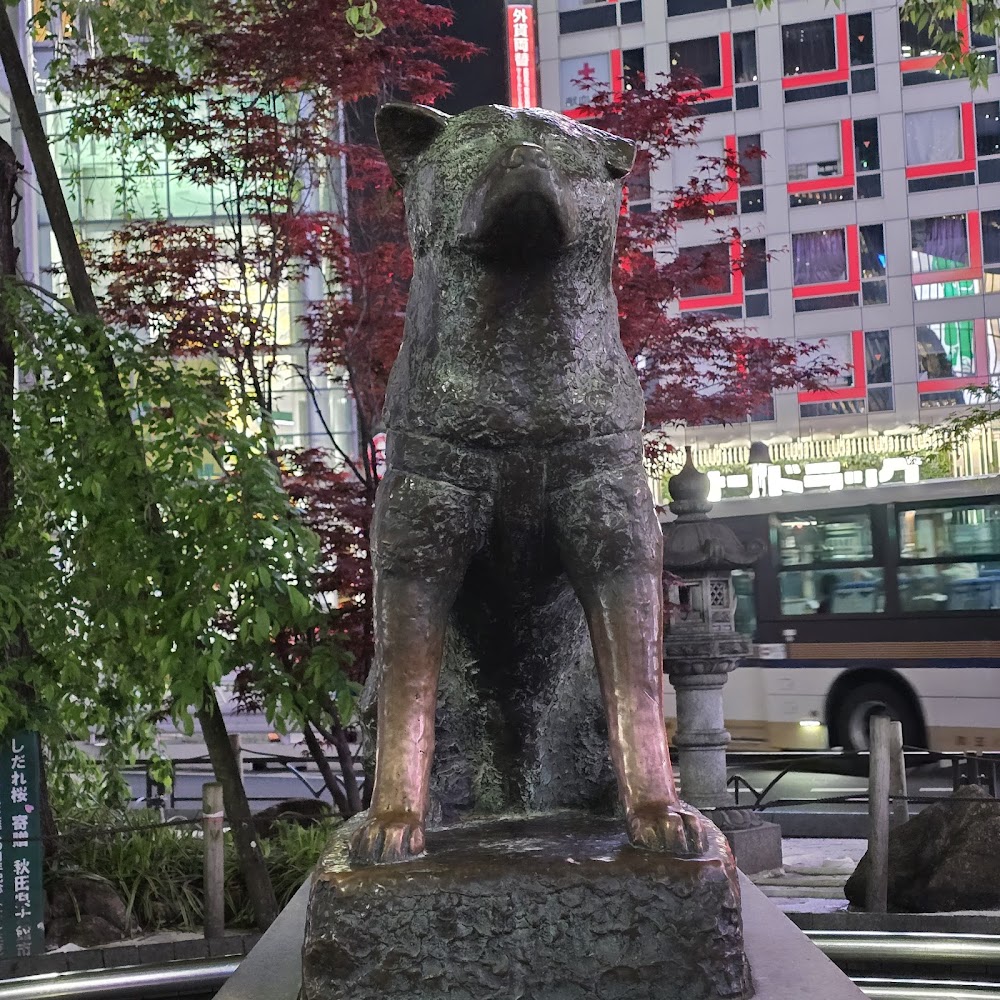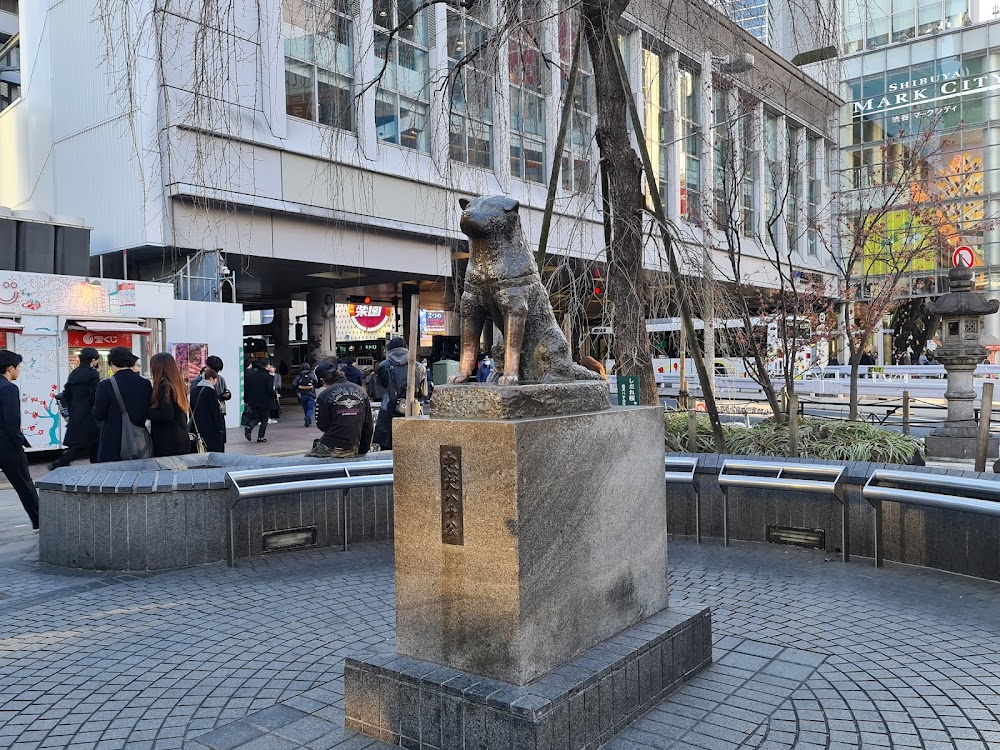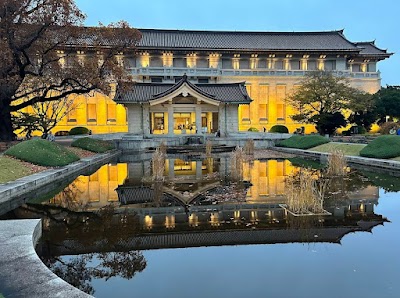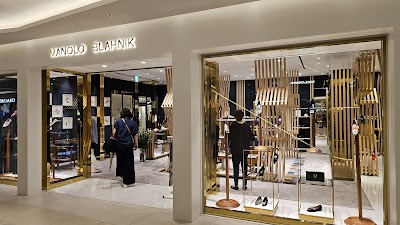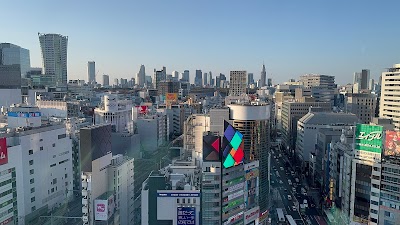Shibuya Crossing (渋谷スクランブル交差点)
Overview
Shibuya Scramble Crossing: A Tokyo Icon
Shibuya Scramble Crossing, located in the bustling heart of Tokyo, Japan, is renowned as one of the busiest pedestrian intersections globally. Located right in front of Shibuya Station, a major railway hub, this crossing is famous for its unique 'scramble' system, where all traffic lights pause simultaneously, allowing pedestrians to move freely in every direction—including diagonally. The scene of thousands of people converging at once creates a mesmerizing display of organized chaos, making it a must-see for any visitor.
A Journey Through Time
The origins of Shibuya Scramble Crossing date back to the early 20th century. Initially a quiet residential area, Shibuya began its transformation during the Taisho period (1912-1926), particularly after the construction of Shibuya Station in 1885. This development marked the shift of Shibuya into a significant commercial and entertainment district. The post-World War II era accelerated this change, as Tokyo underwent rapid economic growth and urbanization. With the expansion of Shibuya Station and the emergence of countless department stores, entertainment venues, and office buildings, Shibuya firmly established itself as a vibrant urban center.
The Evolution of Urban Planning
As pedestrian traffic surged, city planners recognized the need for a more efficient way to manage the flow. In the 1970s, they introduced the concept of the ‘scramble crossing,’ inspired by similar designs in North America and Europe. This innovative layout, featuring five major crosswalks—including three that lead diagonally—ensured safer and more orderly movements for pedestrians, transforming the intersection into a vital connector to various commercial areas, shopping malls, and entertainment venues, such as the iconic Shibuya 109.
A Cultural Landmark
Beyond its functional design, Shibuya Scramble Crossing has become a cultural icon, appearing in numerous films, TV shows, commercials, and music videos. Notable movies like "Lost in Translation" and "The Fast and the Furious: Tokyo Drift" have showcased the crossing's dynamic energy. Each year, millions of tourists flock to this site, drawn by its vibrant atmosphere, which serves as a powerful representation of Tokyo's pulsating life.
Technological Enhancements
In recent years, technological advancements have further enriched the experience at Shibuya Crossing. Surrounding buildings like Hikarie and Shibuya Station’s Building Q feature massive LED displays that illuminate the area with colorful advertisements, live shows, and public announcements, enhancing its electric ambiance even after dark. Additionally, innovative projects, such as the installation of free public Wi-Fi and interactive maps, have been implemented to assist the throngs of international visitors.
The Future of Shibuya Crossing
Ongoing urban renewal projects aim to further integrate advanced technologies and improve pedestrian experiences around Shibuya Station. These efforts ensure Shibuya Crossing remains a global benchmark for urban intersections, continuously evolving while maintaining its cultural significance.
In summary, Shibuya Scramble Crossing is more than just a pedestrian intersection; it is a living testament to Tokyo's rich history and modernity. This vibrant landmark encapsulates the city's seamless blend of tradition and innovation, attracting visitors from around the world to experience its unique, exhilarating atmosphere.


